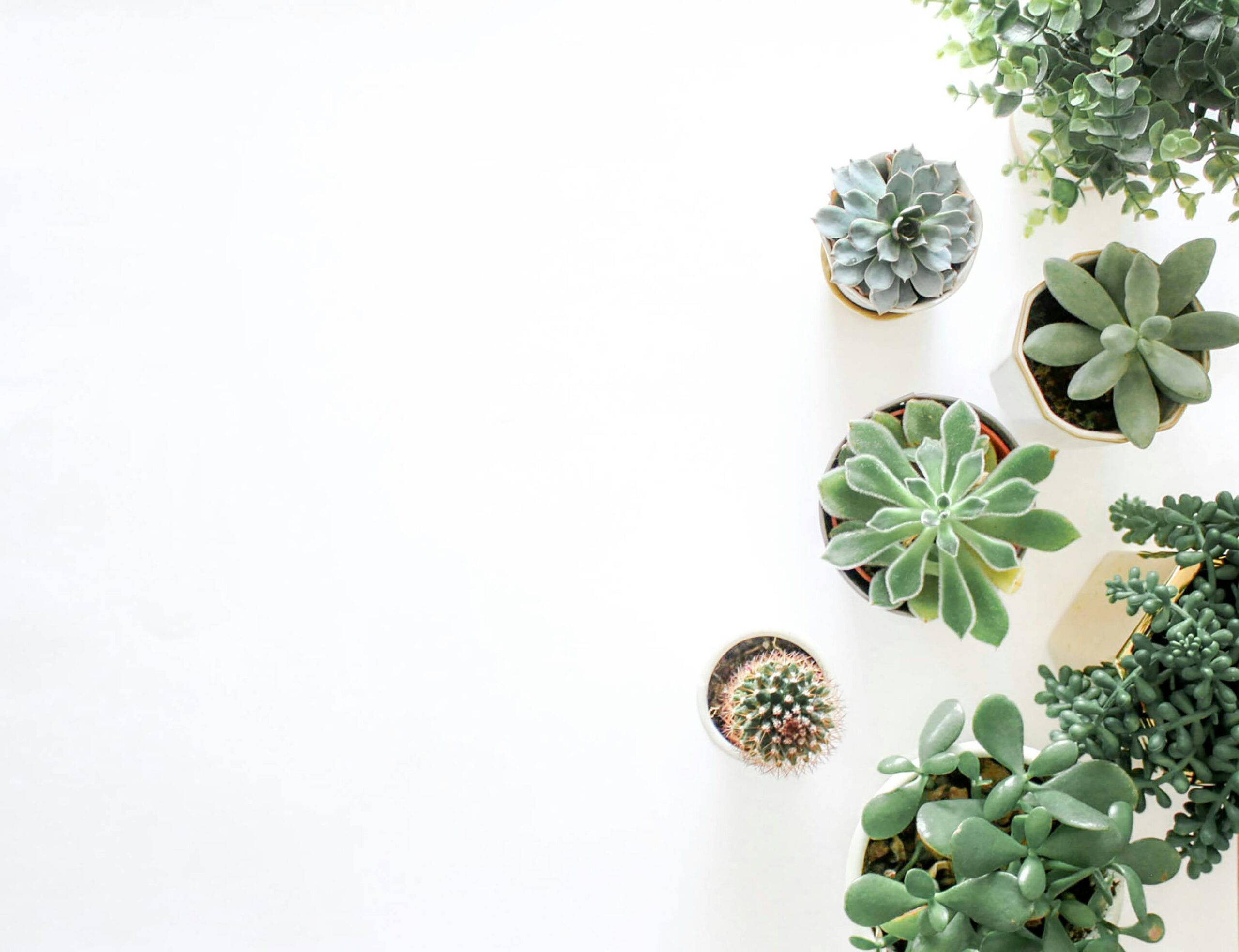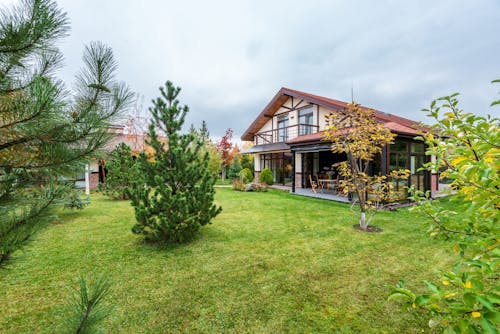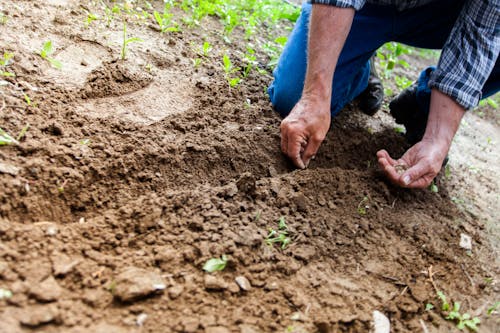Treat Your Houseplants with These Summer Care Tips
Introduction
Welcome to our guide to keeping your houseplants thriving during the summer months! As temperatures rise and sunlight intensifies, it’s crucial to provid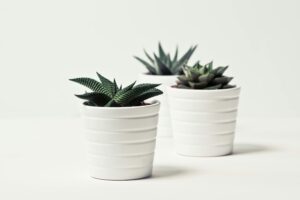 e the right care to ensure your indoor greenery flourishes. Let’s explore some essential tips to maintain healthy and happy houseplants throughout the summer.
e the right care to ensure your indoor greenery flourishes. Let’s explore some essential tips to maintain healthy and happy houseplants throughout the summer.
Choosing the Right Plants
Not all houseplants are created equal when it comes to handling summer conditions. Opt for varieties that thrive in warmer weather and require moderate watering. Plants like succulents, cacti, and tropical species are excellent choices for the summer season.
Consideration of Light and Water Requirements
Before selecting plants, assess the lighting conditions in your home. Choose species that match the available light levels, whether it’s bright indirect light or low light areas. Additionally, consider the water needs of each plant to avoid overwatering or underwatering.
Placement and Environment
Proper placement is key to the health of your houseplants during summer. Position them near windows where they can receive bright, indirect sunlight. However, be cautious of direct sun exposure, as it can lead to sunburn and heat stress.
Importance of Adequate Sunlight and Avoiding Direct Heat
While sunlight is essential for photosynthesis, direct heat can be harmful to houseplants. Shield plants from intense afternoon sun by using curtains or sheer drapes. Alternatively, consider moving them slightly away from windows during peak heat hours.
Watering Techniques
Watering is crucial for maintaining plant health, especially in hot weather. Develop a watering routine based on individual plant needs, allowing the soil to dry slightly between waterings. Be mindful of overwatering, as it can lead to root rot and other issues.
Tips for Watering Frequency and Avoiding Overwatering
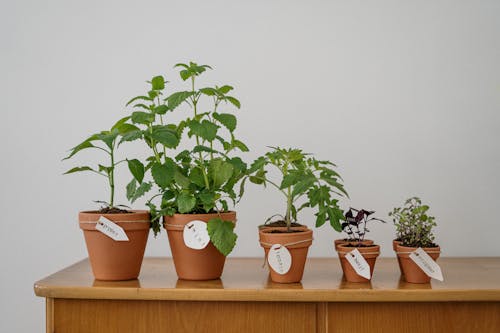
Monitor soil moisture levels regularly and adjust watering frequency accordingly. In summer, plants may require more frequent watering due to increased evaporation. However, always check the soil moisture before watering to prevent waterlogged conditions.
Humidity Management
Indoor environments can become dry during summer, posing challenges for houseplants that prefer higher humidity levels. Implement strategies to increase humidity around your plants, such as using a humidifier, pebble trays, or frequent misting.
Methods to Increase Humidity Levels Around Houseplants
Grouping plants together can create a microclimate with higher humidity levels. Additionally, placing plants in bathrooms or kitchens where humidity naturally tends to be higher can benefit moisture-loving species.
Fertilization
During the growing season, houseplants benefit from regular fertilization to support healthy growth and blooming. Choose a balanced liquid fertilizer and dilute it according to package instructions.
Types of Fertilizers Suitable for Summer Use
Opt for slow-release or organic fertilizers to provide a steady supply of nutrients throughout the summer months. Avoid over-fertilizing, as this can lead to salt buildup in the soil, causing harm to plant roots.
Pruning and Grooming
Regular pruning and grooming are essential for maintaining the shape and health of your houseplants. Remove dead or yellowing leaves, spent flowers, and leggy growth to encourage new growth.
Techniques for Pruning and Grooming to Promote Healthy Growth
Use clean, sharp pruning shears to make precise cuts and avoid tearing the plant tissue. Prune selectively, focusing on removing damaged or diseased parts first, followed by shaping for aesthetic purposes.
Pest and Disease Control
Summer brings increased pest activity and the risk of plant diseases. Keep a close eye on your houseplants for signs of infestation or infection, and take prompt action to prevent spread.
Natural Remedies and Preventive Measures
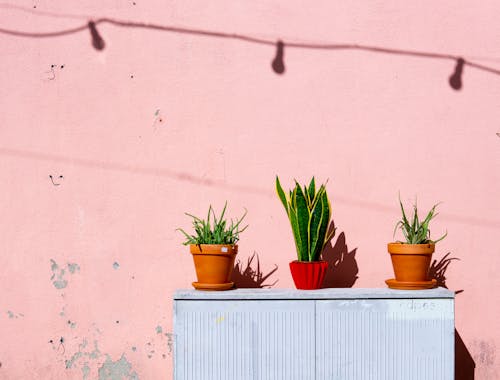
Combat pests and diseases using natural remedies like neem oil, insecticidal soap, or homemade solutions. Additionally, practice good hygiene by regularly cleaning plant leaves and containers to deter pests and pathogens.
Protection from Extreme Weather
Extreme weather events, such as heatwaves and storms, can pose a threat to indoor plants. Take precautions to shield your houseplants from harsh conditions and minimize stress.
Strategies to Shield Plants from Adverse Weather Conditions
Move plants away from drafty windows or doors during storms to prevent damage from strong winds. In hot weather, provide additional shade using sheer curtains or temporary screens to reduce sun exposure.
Monitoring Growth and Health
Regular monitoring is essential for detecting issues early and addressing them promptly. Keep an eye out for signs of stress, such as wilting, yellowing leaves, or pest activity.
Signs of Stress and How to Address Them Promptly
Wilting can indicate underwatering or root issues, while yellowing leaves may signal nutrient deficiencies or overwatering. Adjust watering, lighting, or humidity levels as needed, and prune affected areas to promote recovery.
Repotting
As houseplants grow, they may outgrow their containers and require repotting. Know when it’s time to repot your plants and follow proper techniques to ensure their continued health.
Importance of Refreshing Soil and Providing Adequate Space for Root Growth
Choose a slightly larger pot with good drainage when repotting to accommodate root growth. Refresh the potting mix to replenish nutrients and improve soil structure, promoting healthy root development.
Summer Vacation Care
Planning a vacation? Don’t forget to make arrangements for your houseplants while you’re away. Consider these tips to keep your green friends happy and healthy in your absence.
Watering Alternatives and Plant-Sitting Arrangements
Enlist a trusted friend or neighbor to water your plants while you’re away, or invest in self-watering systems for convenience. Alternatively, group plants together in a shaded area to reduce moisture loss.
Special Considerations for Outdoor Plants
If you have outdoor potted plants, they require special attention during the summer months. Protect them from pests, extreme heat, and excessive sunlight to ensure their well-being.
Guidance for Maintaining Outdoor Potted Plants
Provide shade during the hottest part of the day using umbrellas or shade cloth. Check for pests regularly and use natural remedies or insecticides as needed to keep infestations under control.
Creating a Summer Care Schedule
Maintaining houseplants during summer doesn’t have to be overwhelming. Create a simple care schedule to stay on top of essential tasks and ensure your plants receive the attention they need.
Importance of Consistency in Care Routines
Consistency is key to plant health, so establish a routine that works for you and stick to it. Set reminders for watering, fertilizing, and other maintenance tasks to keep your houseplants thriving all summer long.
Conclusion
With the right care and attention, your houseplants can thrive even in the hottest months of the year. By following these summer care tips, you’ll be well-equipped to keep your indoor greenery healthy, vibrant, and flourishing.
FAQs (Frequently Asked Questions)
- How often should I water my houseplants in summer?
- The frequency of watering depends on factors such as plant type, pot size, and environmental conditions. Generally, water when the top inch of soil feels dry to the touch.
- Can I use regular outdoor fertilizer on my indoor plants during summer?
- It’s best to use a fertilizer specifically formulated for indoor plants to avoid overfeeding or nutrient imbalances. Indoor plant fertilizers are designed to meet the needs of houseplants in controlled environments.
- What should I do if I notice pests on my houseplants?
- Take action immediately to prevent pests from spreading and causing damage. Use natural remedies like neem oil or insecticidal soap, and isolate heavily infested plants to prevent further contamination.
- Is it okay to leave my houseplants outside during summer?
- While some houseplants can benefit from spending time outdoors during summer, it’s essential to consider their individual needs and environmental conditions. Avoid placing sensitive plants in direct sunlight or extreme heat, and bring them indoors if temperatures become too high.
- How can I tell if my houseplants are getting enough sunlight?
- Monitor your plants for signs of light stress, such as pale or bleached leaves, elongated growth, or leggy appearance. Adjust their placement to ensure they receive adequate but not excessive sunlight.

